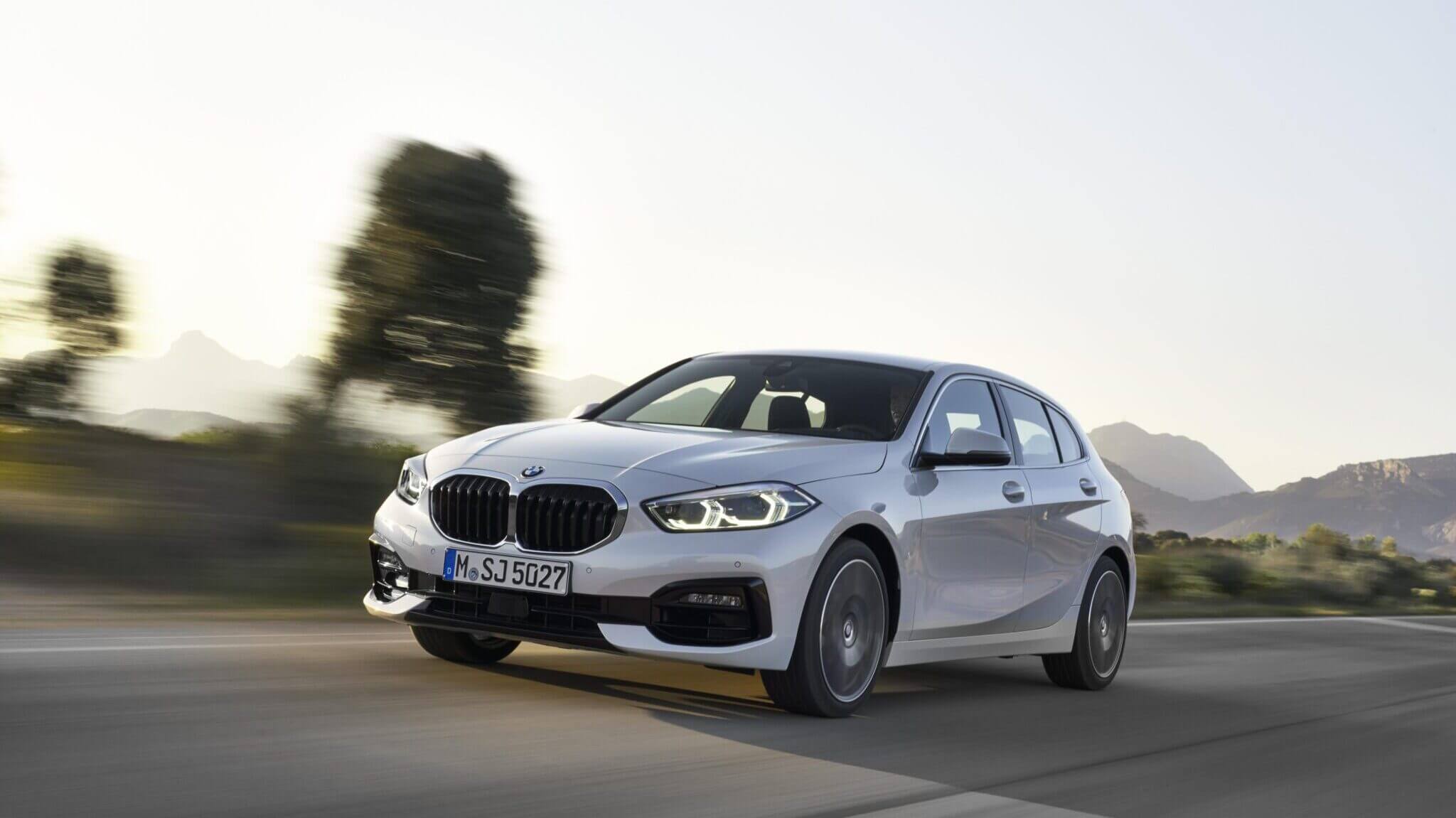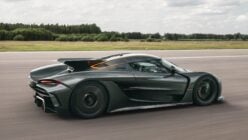Yesterday BMW unveiled its new 1 Series. The 1er, as BMW fans would call it — also known by the hilariously inappropriate model code of “F40” — forms the start of the BMW range. If you want to pay as little as possible for a car with the BMW roundel on its nose, you’ll want a 1 Series.
By itself, the 1 Series isn’t all that interesting. We attended a BMW event some years ago, and one of the key talking points about the facelift (or “LCI” in BMW-speak) for the then-F20 1 Series was a change in the number of vanes inside each of the kidney grilles.
However, the 2019 version caused something of a stir within certain regions of the internet. For the F40, BMW has chosen to build the 1 Series on its UKL2 platform. That’s the basic architecture you’ll find underneath the MINI Countryman and MINI Clubman, cars which are both front- and four-wheel drive.
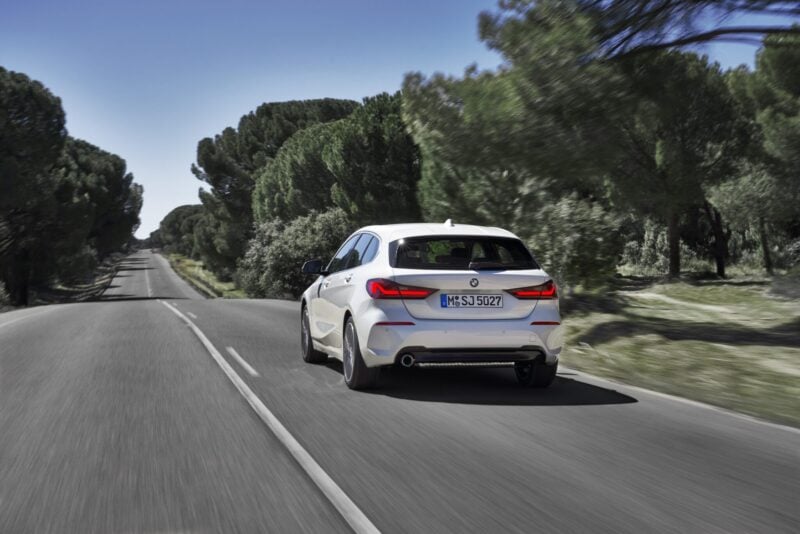
There’s a front-wheel drive BMW now?
The F40 1 Series is the first front-wheel drive passenger car offered worldwide in BMW’s history. There will be four-wheel drive “xDrive” options, but the bulk of the range is now front-wheel drive. To those for whom all cars must be manual, with a big, non-turbo engine, and rear-wheel drive, this is like taking Damien to church in The Omen — or The Snappening for proper cars — even though they weren’t going to buy one anyway.
It’s part of a shift towards front-driven cars for the brand. This doesn’t signal the death knell for one of the oldest motoring traditions though. For the most part, BMW is keeping its cars rear-wheel drive. The iconic “Hofmeister Kink”, a styling component you’ll find on the C- and D-pillars of BMWs, still indicates the RWD nature of BMW and it’s not going anywhere.
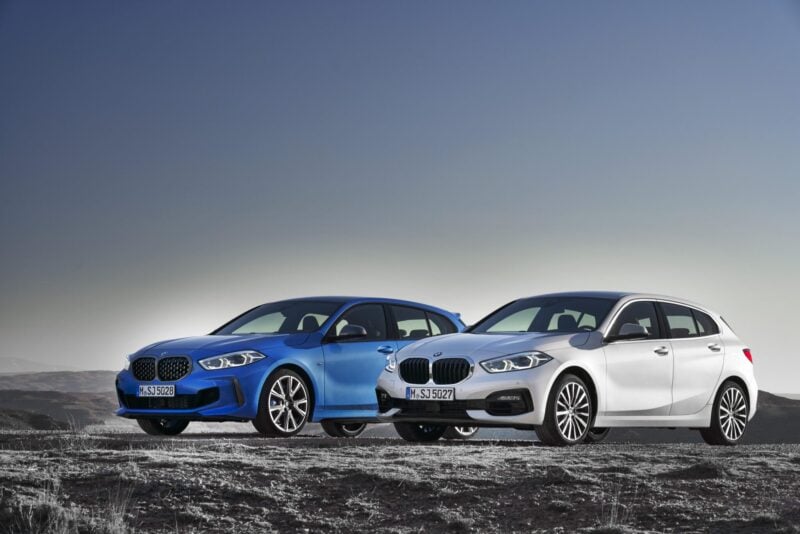
Wait, there’s going to be more of them?
Actually, the F40 isn’t even the first FWD BMW, even if it’s the first passenger car offered worldwide. Ignoring the MINI brand, which is all front- and four-wheel drive, the first BMW product to drive the front wheels alone arrived almost five years ago.
The confusingly named 2 Series Active Tourer, and its larger brother the 2 Series Gran Tourer, also uses the FWD UKL2 platform (with xDrive available too). They’re MPVs which, for some reason, use the even-numbered BMW model code usually reserved for coupe and cabriolet models.
There’s also the X1 and X2, two crossovers based on the same platform. The X1 is a conventional small crossover, with FWD and xDrive options, while the X2 is that odd, modern crossover-coupe body style. Our Chinese readers may be wondering about the fuss, as they’ve had a FWD 1 Series, in a saloon body, for a couple of years now.
The F40 is a landmark as it’s the first time BMW has made one of its regular passenger cars, sold across the globe, front-wheel drive.
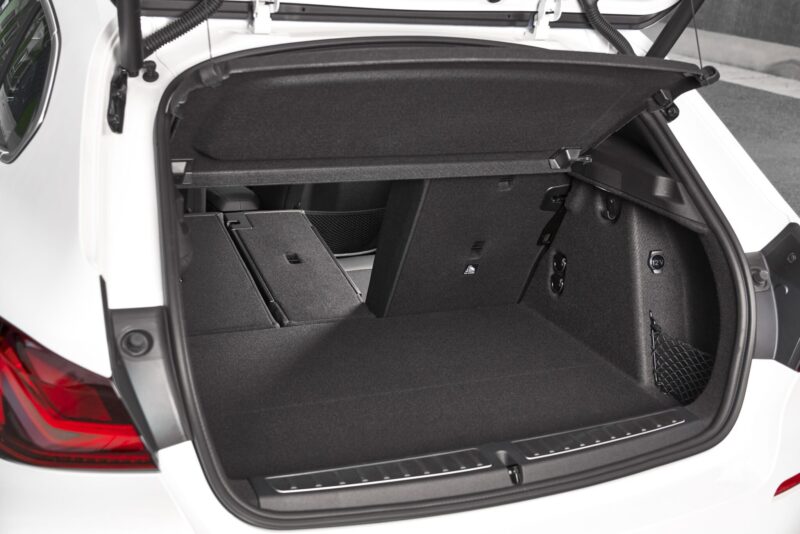
Why the switch though? BMWs are supposed to be rear-wheel drive!
The image above is part of the answer: packaging. For all the driving benefits that rear-wheel drive brings, it causes a few issues when it comes to fitting everything in. Despite being one of the larger cars in the sector, the 1 Series of old lost out to rivals like the Golf and Audi A3 for cabin and trunk space. The new F40 model is actually shorter than the old one, but has much more interior space now. That will see it take the fight to its competitors.
BMW also has to consider the planet too, or at least the enormous fines it will face if it doesn’t. Like-for-like, a front-wheel drive car will return better fuel economy and thus lower emissions than a rear-wheel drive one. As an example BMW’s outgoing 1 Series posts poorer figures than the MINI Clubman with the same engine and gearbox, and comparable curb weight. Car manufacturers have fleet average CO2 emissions to meet, and on cars they expect to sell in big numbers even a small reduction helps meet that. A recent change in official emissions measurement has sent brands in search of larger and larger CO2 cuts.
Also counting against the RWD 1 Series is the fact that customers just don’t care which wheels do the driving, and most of the time it doesn’t really make a difference in any case. BMW famously admitted a decade back that 80% of 1 Series owners thought they were driving a FWD car anyway. As various governments mandate suites of driver aids to eliminate our enthusiastic excesses, the day-to-day differences between FWD and RWD all but vanish.
If no-one cares or notices, and it brings packaging and fuel economy benefits to make it a more competitive ownership prospect, why wouldn’t BMW make the change?
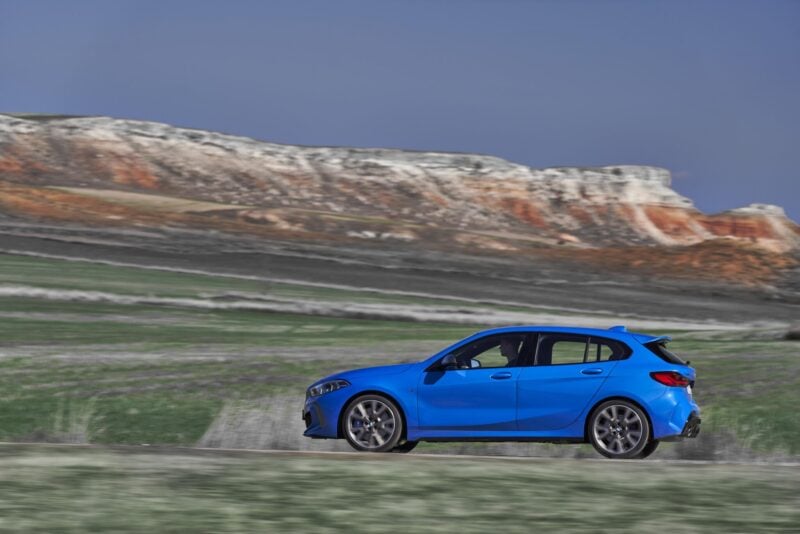
But there’s no more of them on the way, right?
There’s an electric vehicle on the way to replace the i3, which makes use of an adapted version the platform. It’s also pretty likely that BMW will put every conceivable body style — and a few besides — on the underpinnings. Anyone for a 2 Series Gran Coupe?
Otherwise, your traditional BMW seems to be safe. The case for FWD is different on the smaller — and much newer; the 1 Series only launched in 2004 — vehicles than the larger ones, so for the time being they look to remain unchanged. In any case, BMW doesn’t have ready access to a larger FWD platform… yet.
For now it’s likely that the 3 Series, 5 Series, 7 Series and all related models will stay with an engine in the nose and the rear wheels sending the power, with xDrive as an option. If anything, the FWD 1 Series will bring in extra profits help to keep the real BMWs rear-drive.
Now breathe, internet.
See more articles on BMW.

